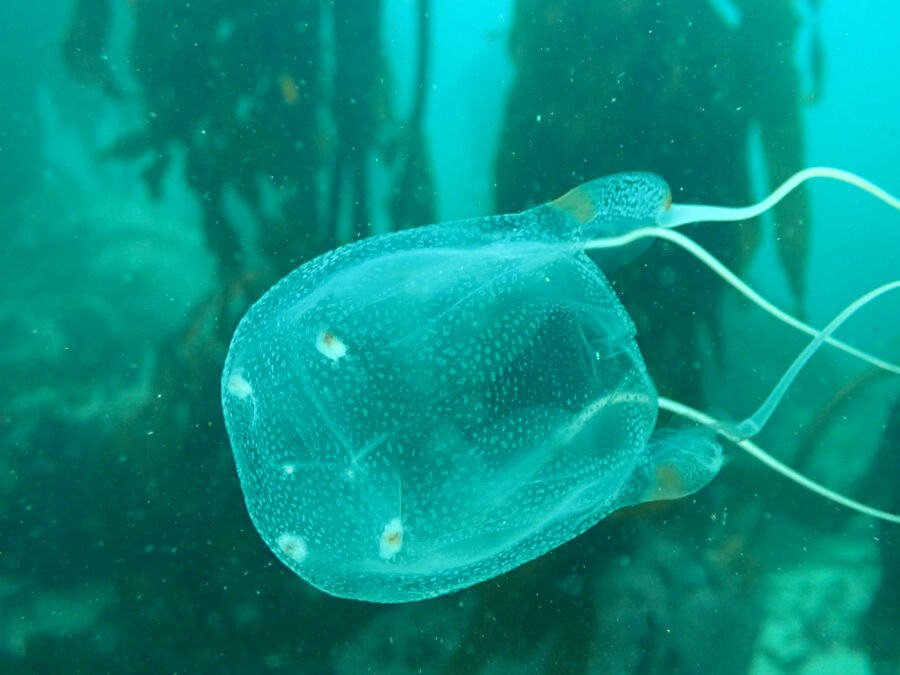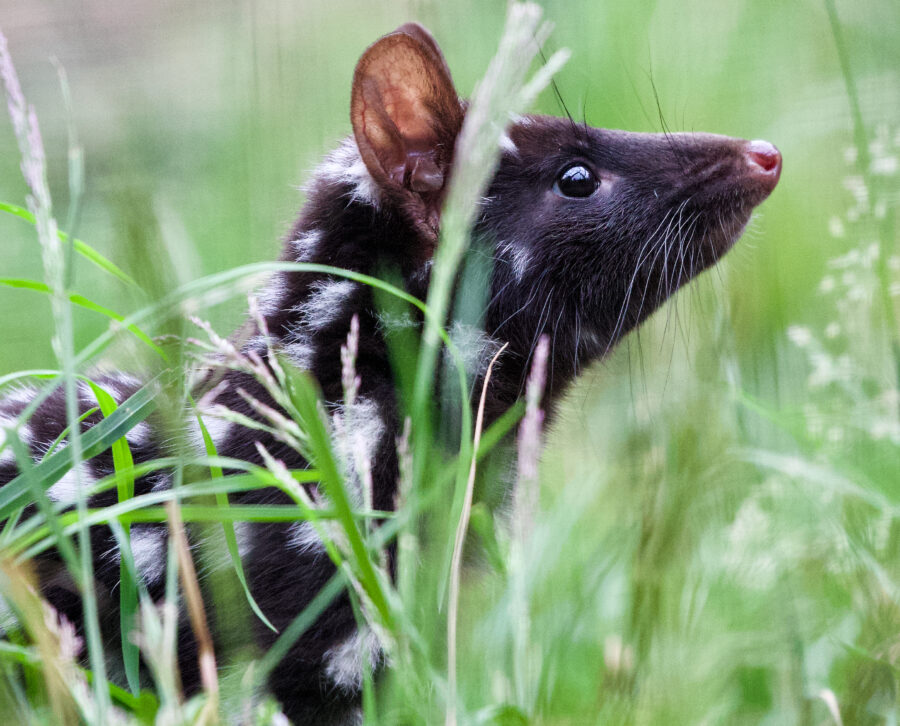The adventures of the dragonhead caterpillar

Bec Crew
Bec Crew

THERE ARE ABOUT 400 known species belonging to the leafwing butterfly subfamily called Charaxinae.
Found in the temperate regions of North America, Europe, China and southern Australia, their larvae, or caterpillar, form features a gorgeous ‘head capsule’.
Complete with four horn-like projections of varying lengths, covered in a layer of spines and often a decorative curl at the end, it’s not hard to imagine these little green caterpillars as brutish warmongers.
And just as each leafwing butterfly species has its own wing patterns and colours, so do these caterpillars sport their own take on the dragonhead helmet form. The white-barred Charaxes (Charaxes brutus) caterpillar from Africa, for example, looks every bit the rookie solider, with extremely short, blueish projections.
And the foxy emperor butterfly’s (Charaxes jasius) caterpillar from Africa and the Mediterranean is also stuck with four very short horns, though they do look slightly more fearsome with their blood-red tips.

Charaxes jasius (Image: Banco de imágenes del CNICE – MEC / Wikimedia)
On the more resplendent side of things is the caterpillar of the plain nawab butterfly (Polyura hebe plautus) from Singapore, which sports extremely long and beautifully curled horns. Its dragonhead helmet is entirely black when the caterpillar first hatches, and then gradually fades to green as it reaches its final stage before metamorphosis.
And the top picture, by Australian photographer John Horstman, depicts an unidentified species found in Pu’er, in China’s Yunnan province, showing off an extra set of small, bright red horns, probably handy for startling predators.
But my pick of the lot is the caterpillar of the forest queen butterfly (Euxanthe wakefieldi), found in South Africa and parts of eastern Africa. Its dragonhead helmet is mind-blowing, with outer horns stretching far longer than the two middle ones, and a crown of black spines running between each horn. In addition, its entire body, including head and horns, is trimmed in a white or golden border that offsets the rest of its dark green body.
Who needs butterflies when caterpillars can look like this?




